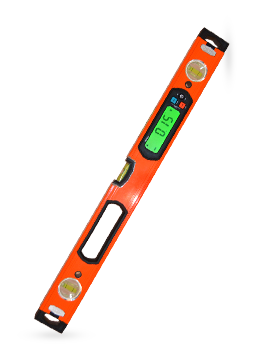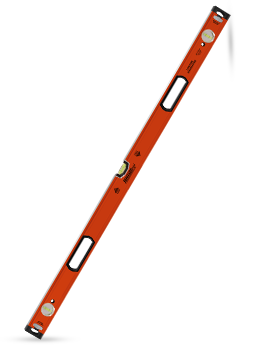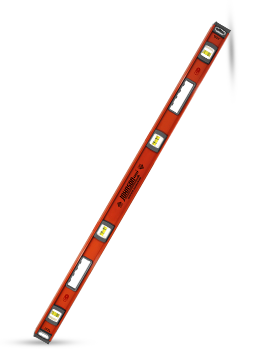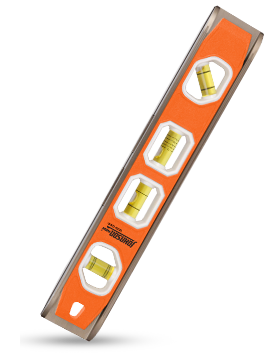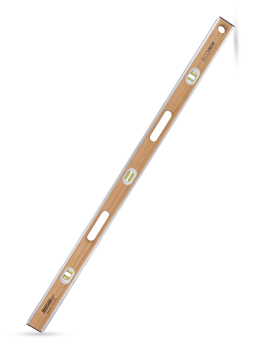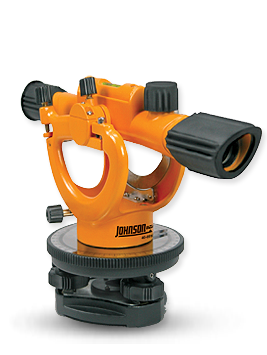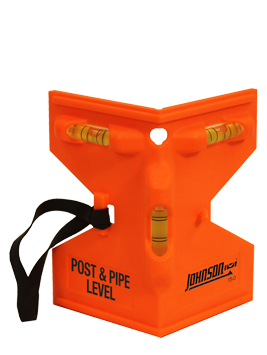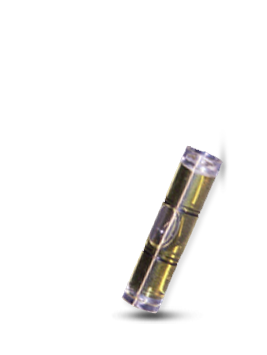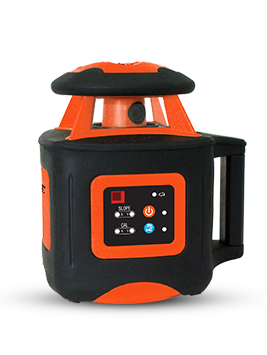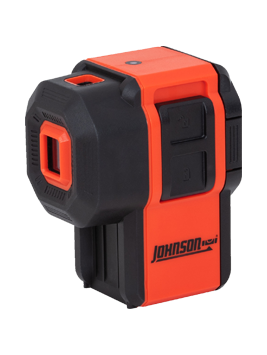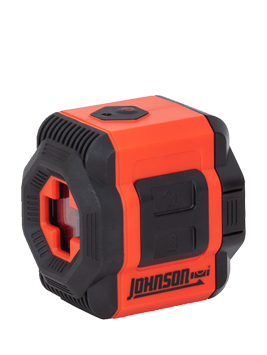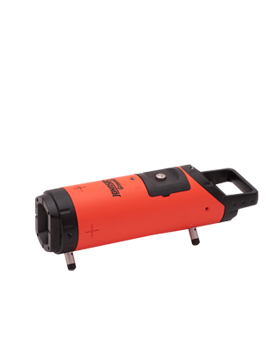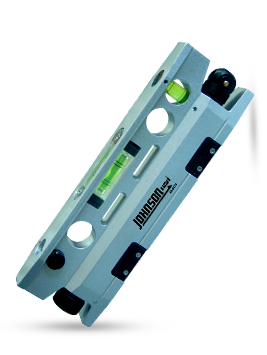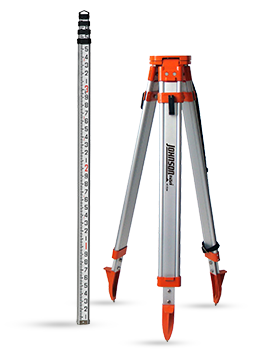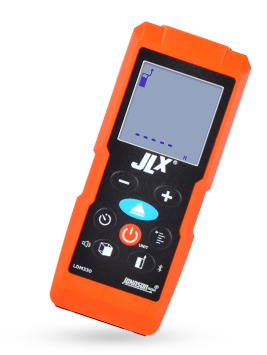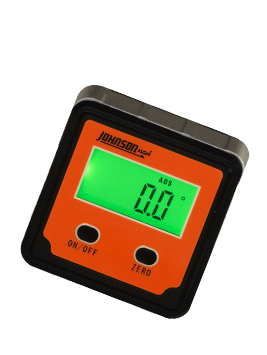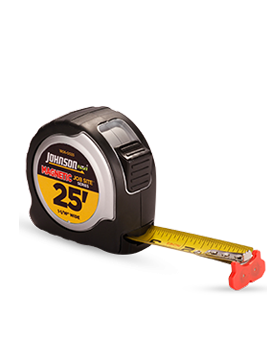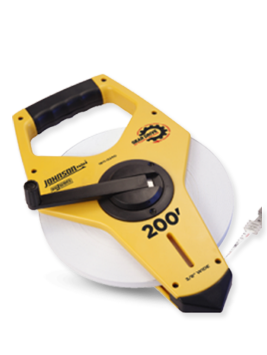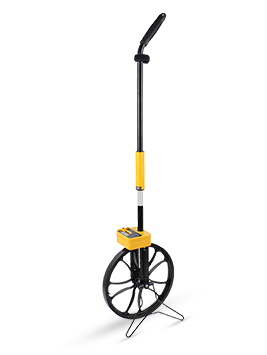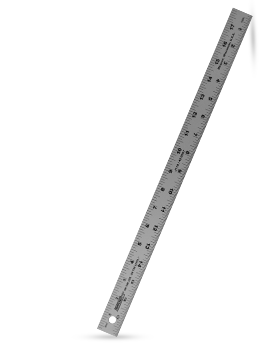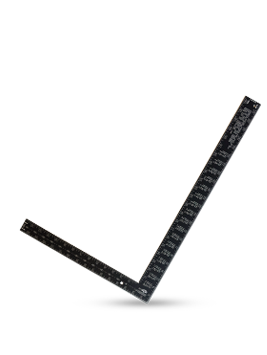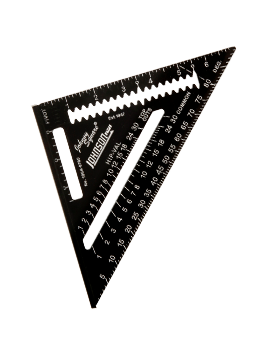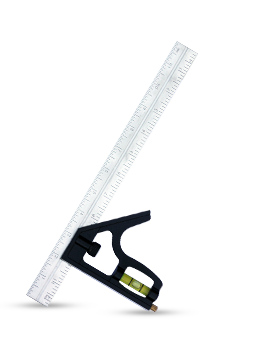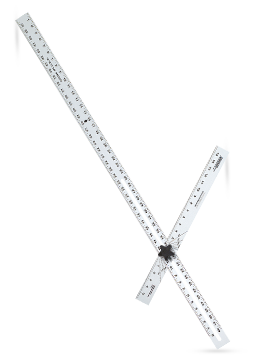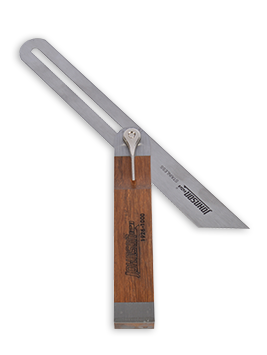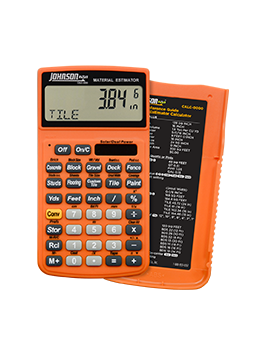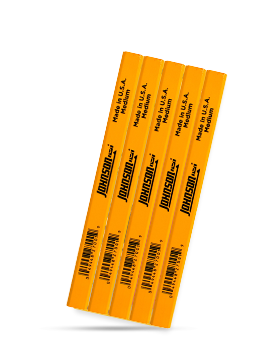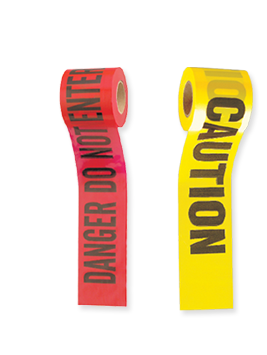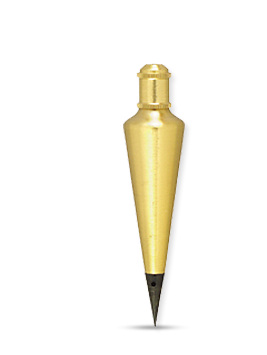Spirit Levels Vials, Pitch Level Vials, Bubble Level Vials
Typically levels are referred to as spirit levels or bubble levels. Where does the name “spirit level” come from? The name “spirit level” comes from the liquid inside the level vial. This liquid is a mineral spirit solution with additives which give the vial its color, protection from ultraviolet (UV) fading in sunlight and freezing in the cold. These additives are carefully researched to mix together and never settle out. Level manufacturers also want to make sure their vials maintain their color and other features for a long time.
What is the Color of the Spirit Level or Buble Level Vial?
Why is a spirit level vial green? The color of a spirit level vial is traditionally a range of yellow-green because, quite simply, this is the central range of color most visible to the human eye in all lighting conditions. On either side of the visible light spectrum is purple-blue on one side moving toward non-visible ultraviolet light and orange-red on the other moving toward the non-visible infrared light.
Types of Level Vials: Barrel Vial vs. Block Vial
Spirit level vials can take two forms: a barrel vial and a block vial. The barrel vial is just that, a barrel. But note a barrel is not a cylinder, in which the diameter of the vial is the same from top to bottom. Instead, the barrel vial bulges in the center, giving the bubble a place to rest.
The barrel vial body was originally (and in some cases still is) made of glass but today they are mostly acrylic. Benefits of acrylic spirit vials over glass vials is durability (they don't break as easily) and visibility (the don’t scratch as easy as glass). A level is created when the barrel vial is inserted into a frame. In aluminum frames, the aluminum is notched out at "level" so replacing the vial with as perfect accuracy as the original is easy; the vial just snaps in.
Spirit Level Vial Accuracy: Millimeters per Meter and Degrees
Vial accuracy is usually notated in millimeters per meter or inches per foot. For example, accuracy stated as 0.5 mm per meter means that for every meter of measured length, the level will be at worst +/- 0.5 mm from perfect. Translating 0.5 mm/mm into something most people can understand, consider the average width of a human hair 0.2 to 1.8 mm (or 200 to 1800 micrometers).
Sometimes accuracy is stated in degrees. Using the above example, draw a right triangle with a height of 0.5 mm and a base of 1 mm. The angle between the base and the hypotenuse is the degree of accuracy. In this example, the angle is 0.029°, which can be solved for using geometry.
Keys to Level Vial Accuracy
For a barrel vial, there are several keys to accuracy, each one containing a tolerance, which when stacked together still provides an accuracy within a fraction of the width of a human hair. Key manufacturing considerations include:
- Concentricity of the barrel. If the barrel is not perfectly formed all around the vial body, there can be no consistency since you will never place the vial in the exact same position every time. This is tested for by rolling the vial across a level surface. If there is an imperfection in the vial body, the bubble will "shift" or move slightly as the bubble moves over the imperfections.
- Filling the vial (bubble size). If the barrel vial is filled to much, the bubble is smaller; too little mineral spirit and the bubble is larger. The key is consistent filling for a consistent bubble size. When made correctly, when the bubble is at "level", the edges of the bubble should rest just on the inside of the lines painted on the vial body.
- Sealing the vial. If a tight seal is not made on the end of the vial after it’s been filled, the vial will leak.
- Lining the vial. The exact location of the bulge needs to be determined and the lines painted on the vial accordingly.
For a block vial, besides bubble size and lining, finding accuracy is purely determined by setting the vial permanently into place on a level frame.
To see if your spirit level is working properly, see our guide on how to check the accuracy of a spirit level.
Level Vial Sensitivity
Every level bubble vial has a sensitivity to movement. A level vial's sensitivity is typically explained in terms of the pitch required in arc minutes to move the bubble 0.100" (one-hundred thousanths of an inch). Think of it in terms of degrees. If there are 360° in a circle, 1° has 60 arc minutes and each arc minute and 60 arc seconds.
What is the temperature Range of a Bubble Level vial?
The minimum temperature which a level vial will work accurately is typically -20° F (or -29° C). The maximum termperature a spirit level vial will work is about 130° F (or 54° C)
Reading the Level Vial
Vials are read as "level"when the bubble is in the center however there are special types of barrel vials which are read differently: curved vials and pitch vials (or multi-pitch vials).
Curved vials are found today in Wood Levels. They are primarily used in wet trades (wherever water is flowing), like masonry, where slope is important in setting driveways, patios or landscapes. Due to the curved nature of the vial, there is no "barrel"or "home" for the bubble, therefore the bubble doesn't move quickly ("race") when if falls out of level. Instead, the mason can actually work in terms of the bubble from level. For example, you can work "a quarter bubble out" or "half a bubble out", providing pitch. Because curved vials only work in one position (where the curvature is such that the bubble rests at the top), there are always two curved vials in the level so the level can be used with either gauging edge acting as the base.
The pitch vial (or multi-pitch vial) is similar to the curved vial, except that it is found in aluminum levels. The pitch vial is a special barrel vial with pitch markings instead of two lines indicating "level". There are four markings on the vial from 1/8th to 1/2th, with each marking separated by 1/8. The measurement of 1/8th means inches per foot of pitch for each increment. For example, you could work with a pitch of 1/2 inch per foot when the bubble is touching the edge of the line. "Level" is shown when the bubble touches the zero line in the vial. Pitch vials are used by masons as well as plumbers, who again, are working with water or water moving through a pipe.
Level Vial Certifications
For level vials, typically MSDS sheets are not required. Johnson vials are not certified and we know of no government specifications or standards to follow.
For more information on level vials, please see Johnson Level's full line of spirit level vial products.
©2010 Johnson Level & Tool Mfg. Co., Inc.
